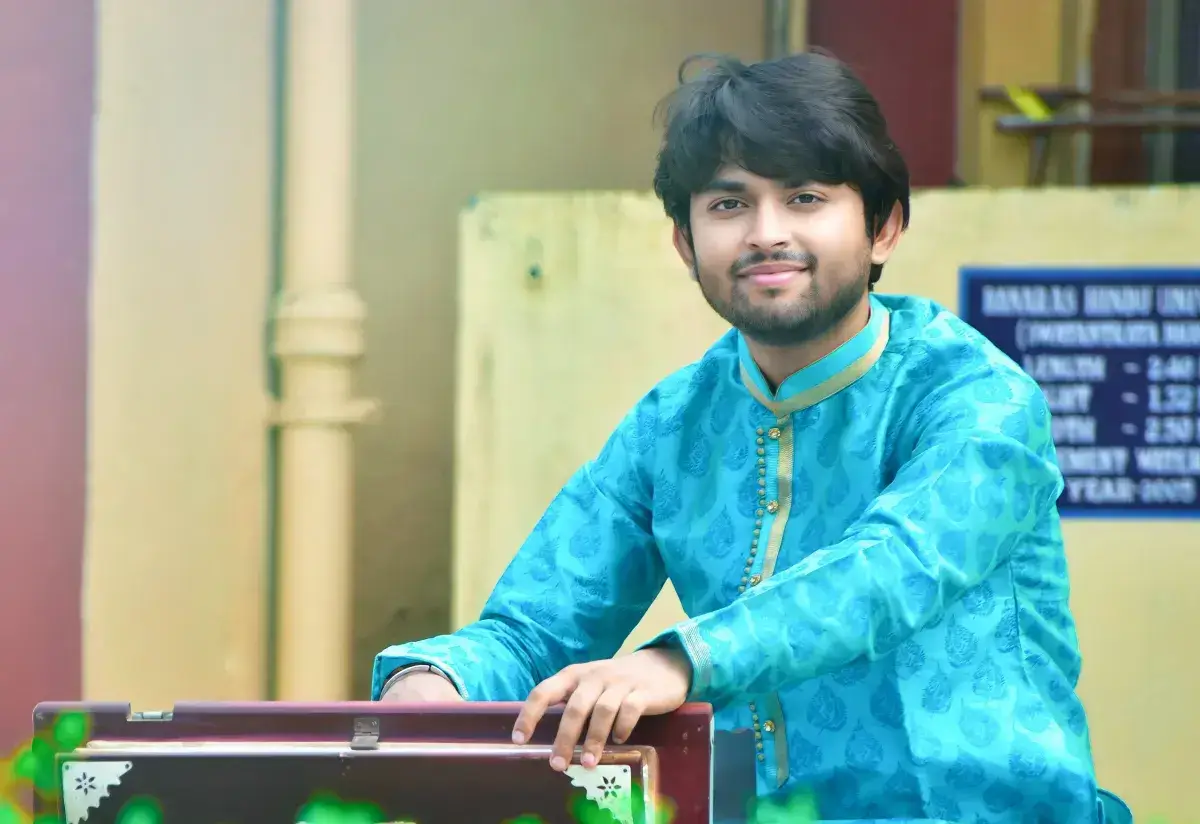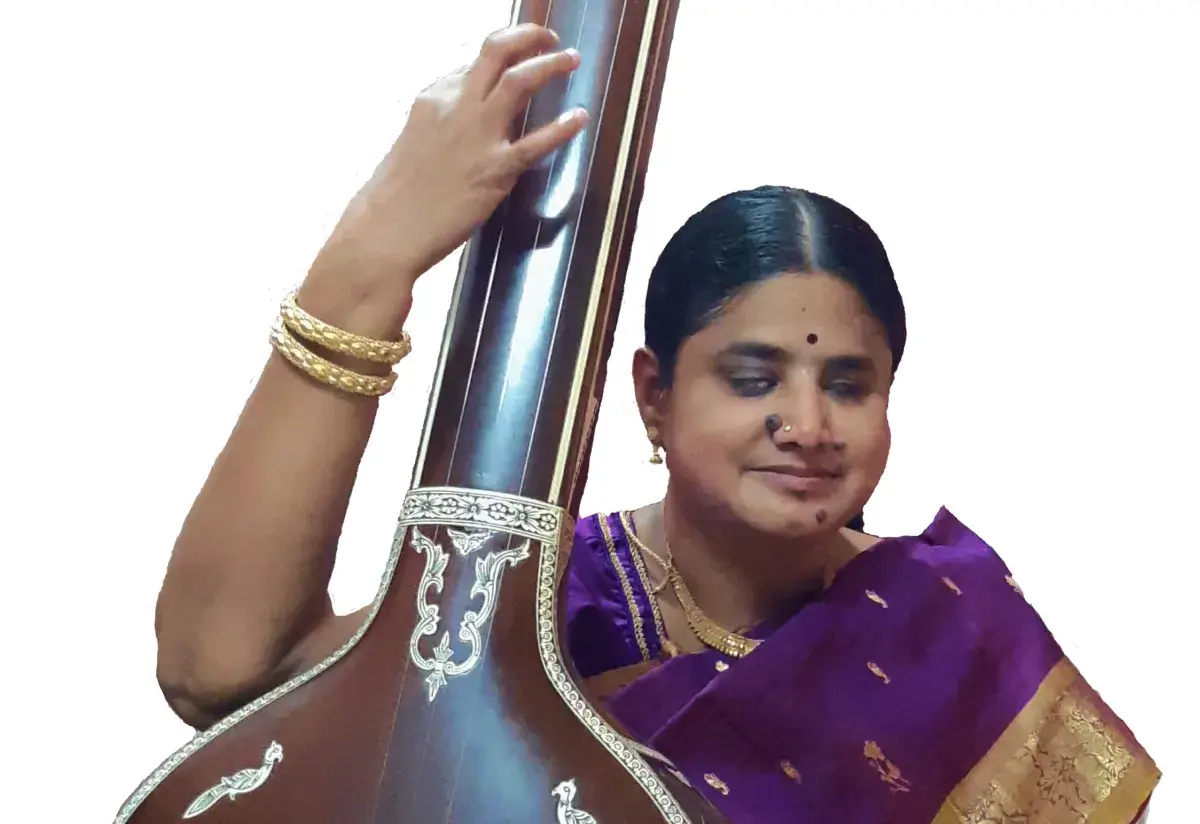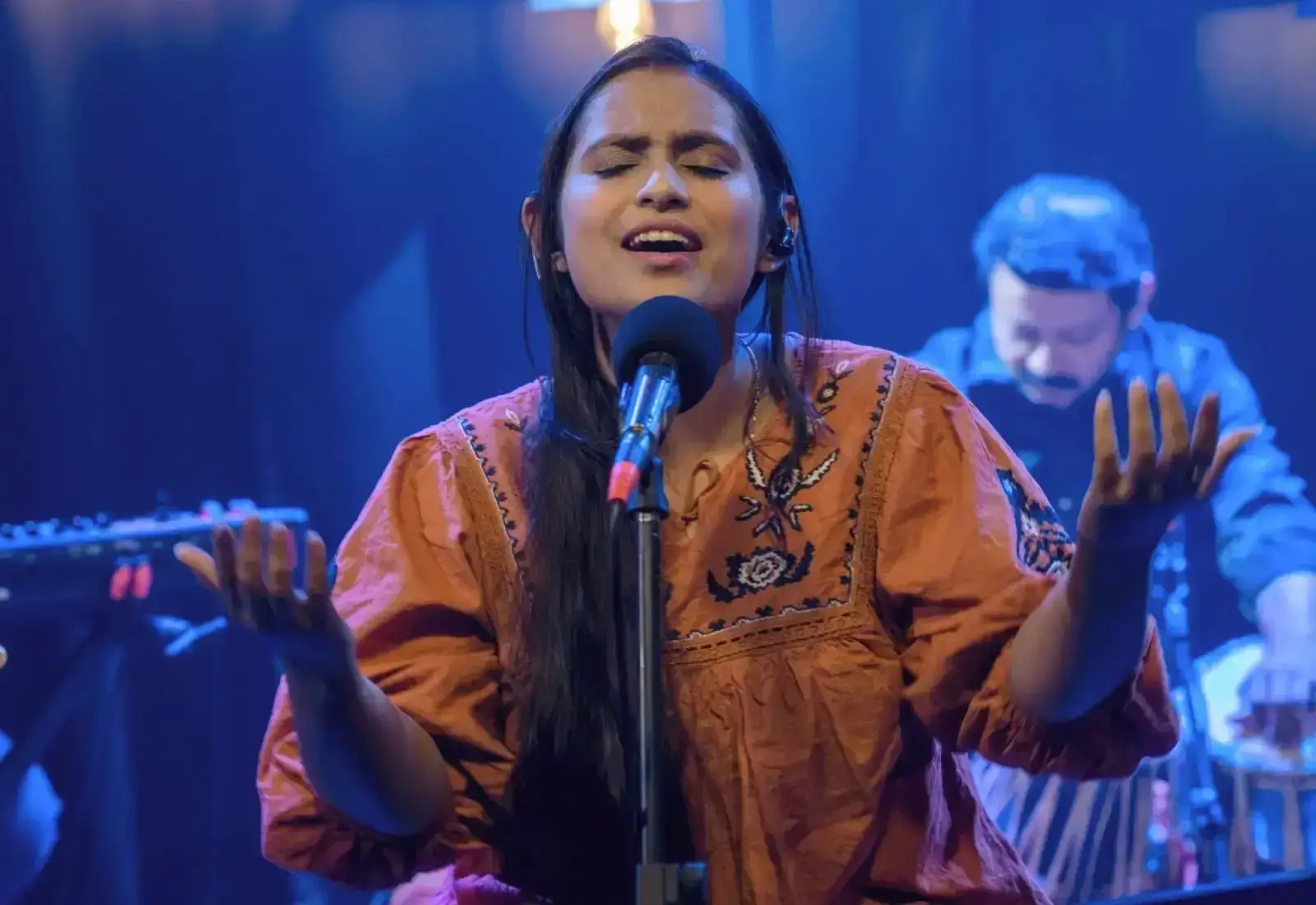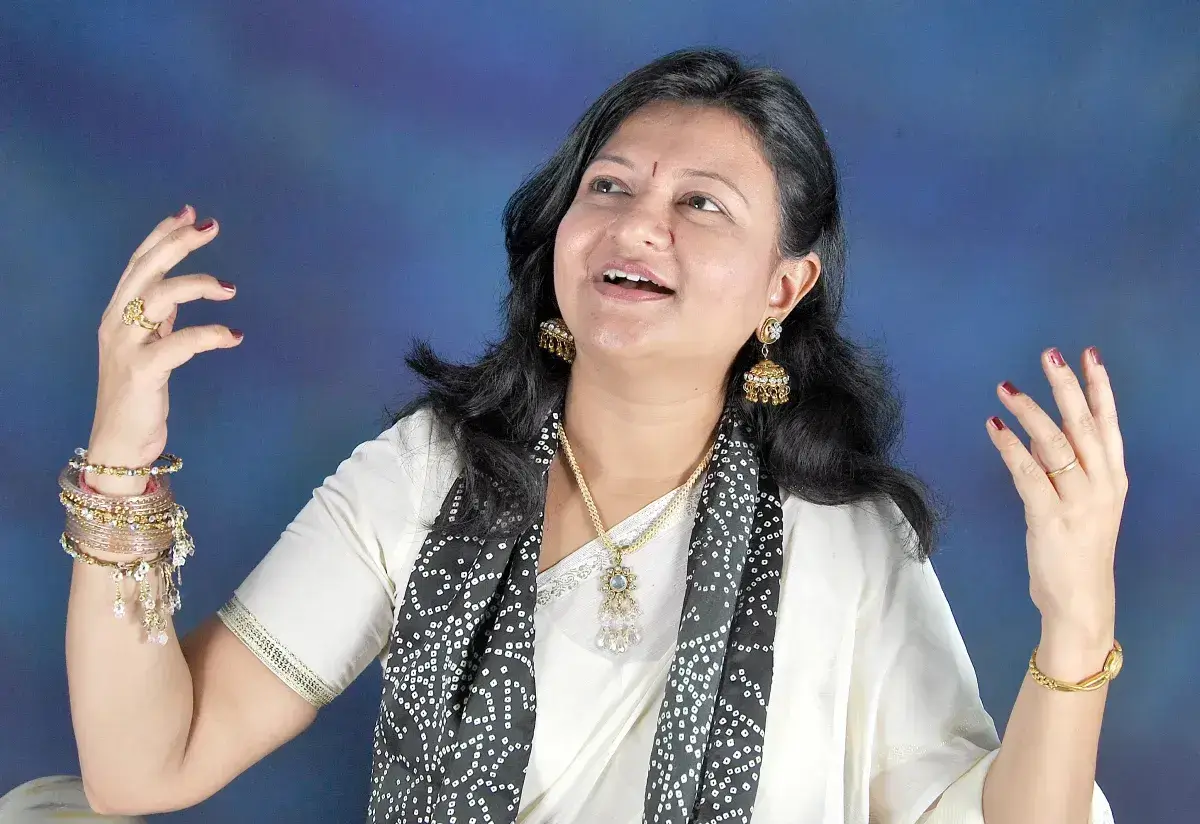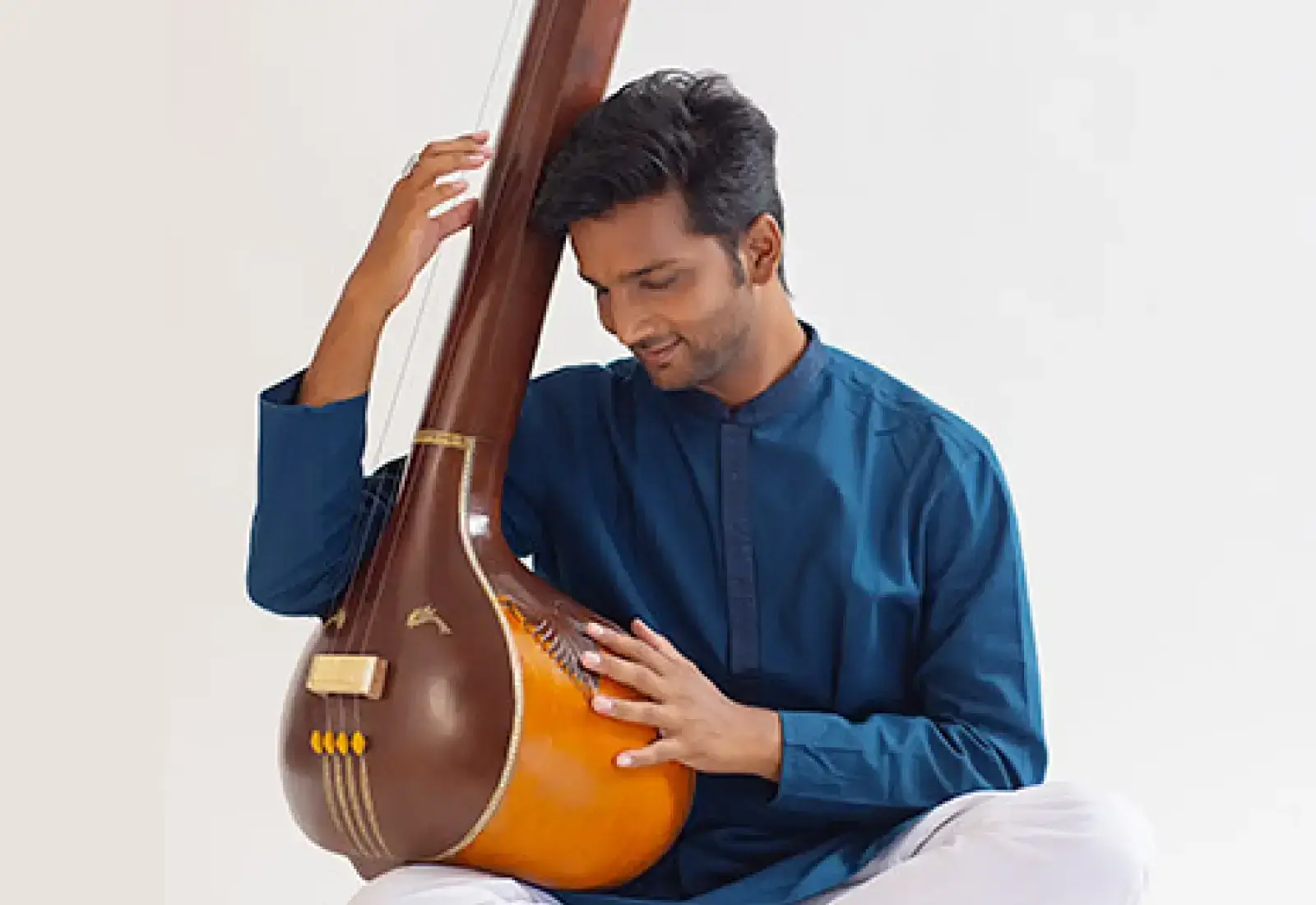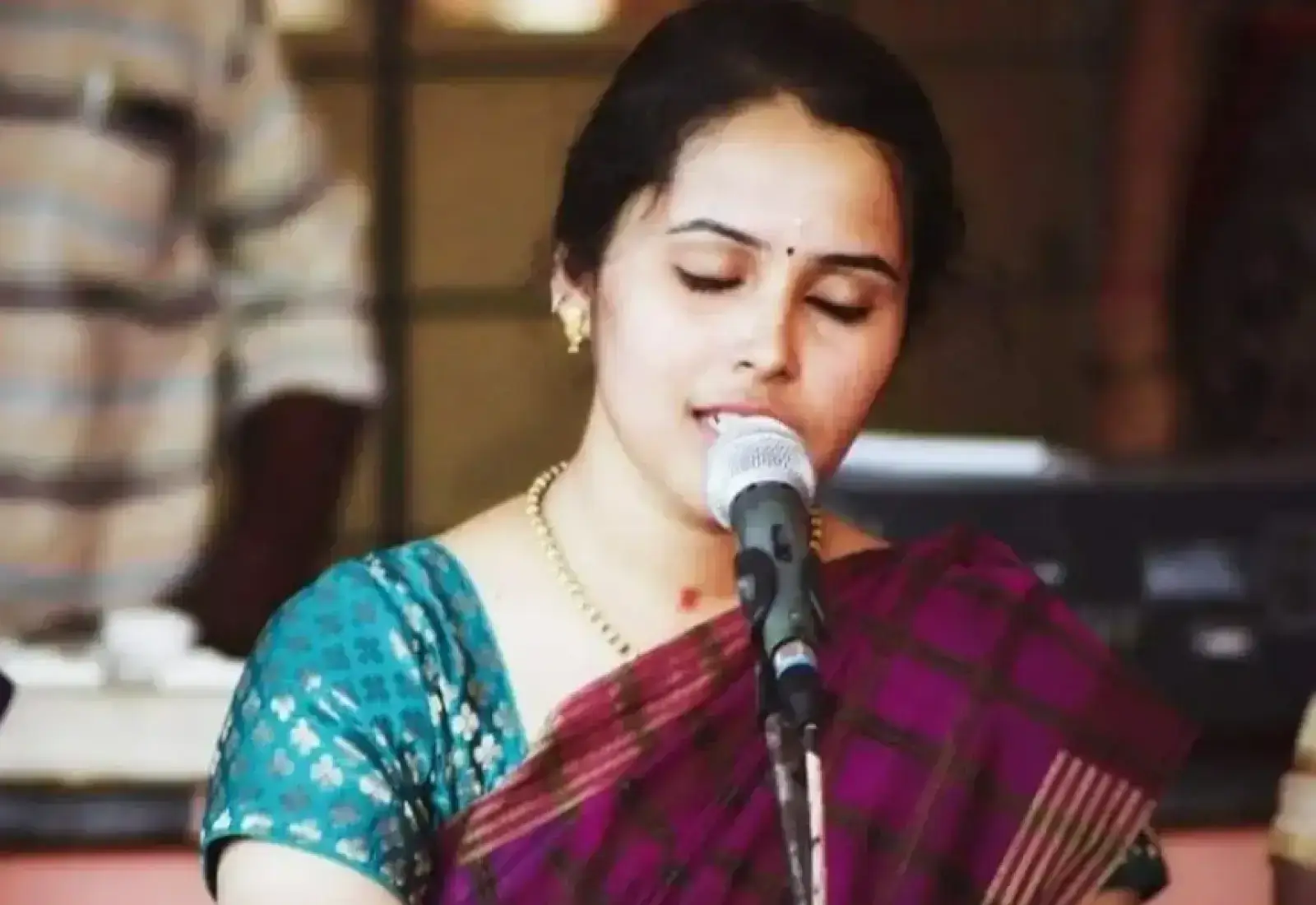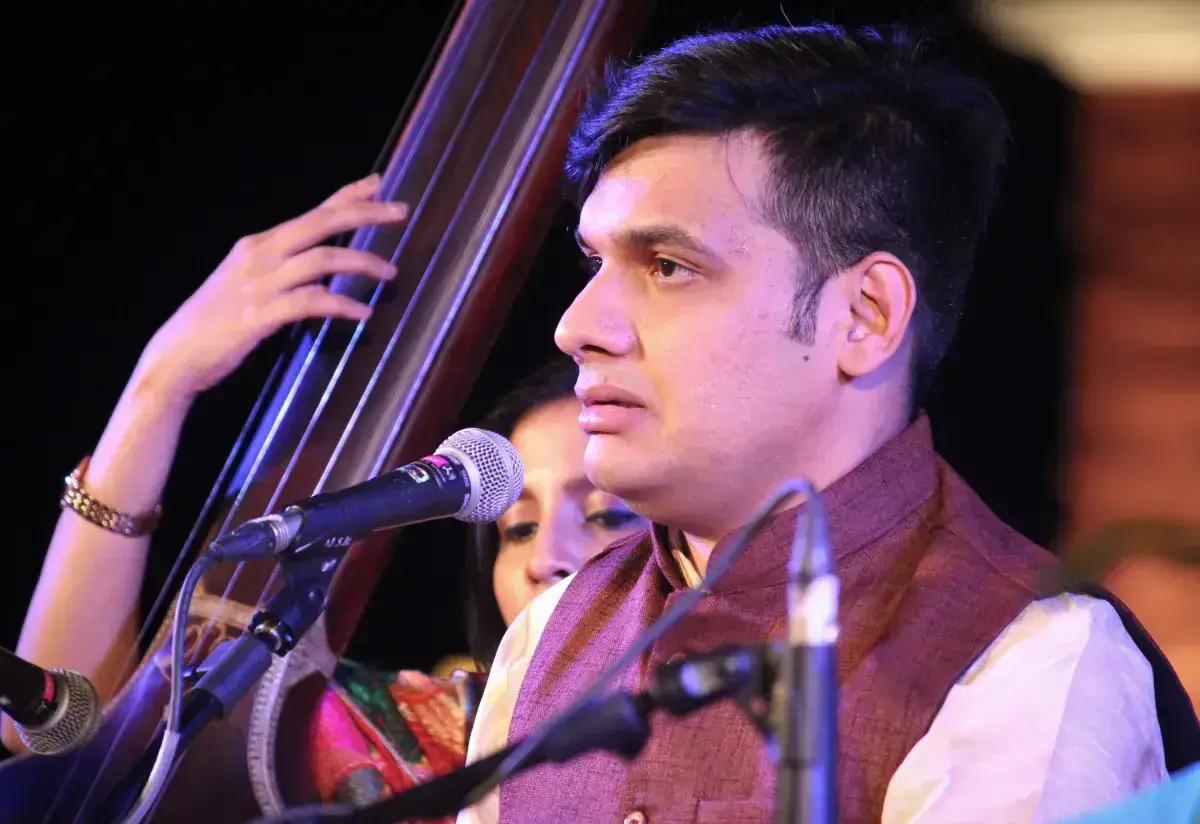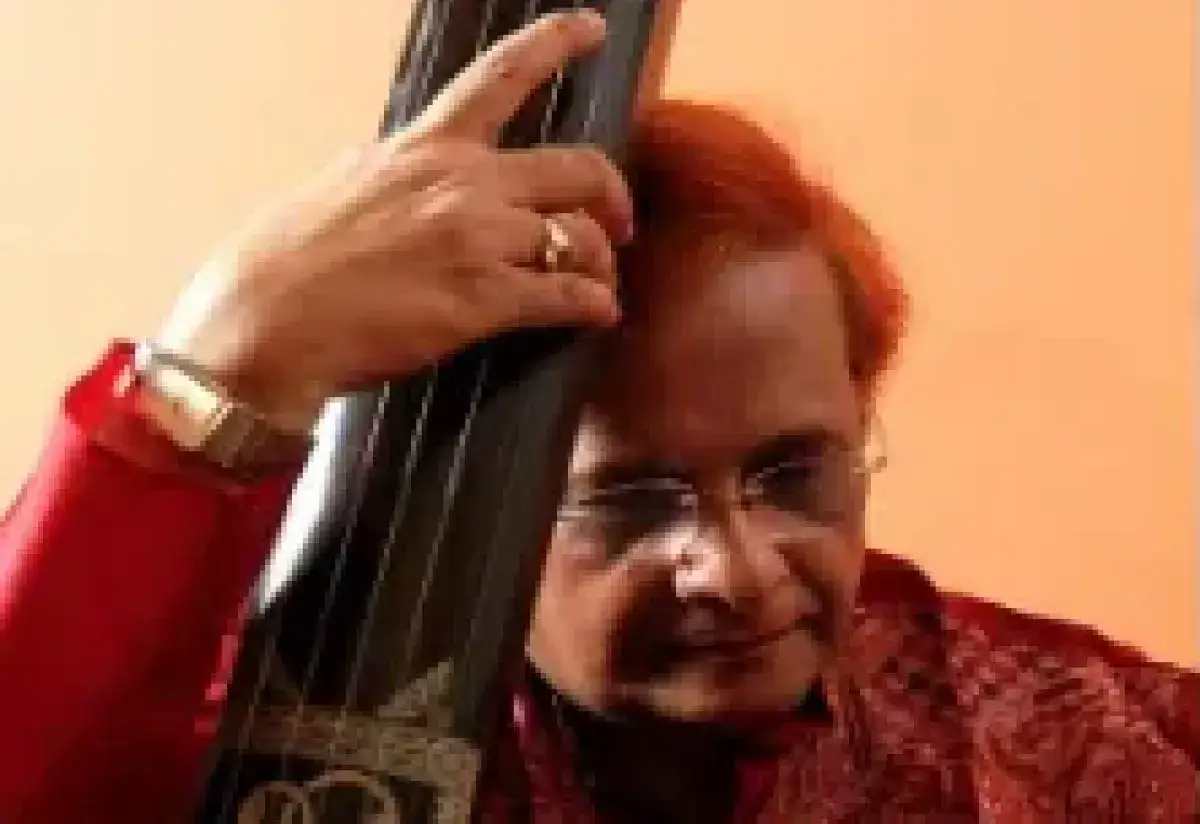Learn All About Ghazal - Its History and Evolution
What is Ghazal
The Ghazal is an esoteric genre of poetry and music that finds its roots in late 7th-century Arabia. Ghazals rekindle deep emotion within us through the subtle usage of meaningful words in eloquent verses.
The way Ghazals are sung has a melodic and rhythmic pattern that compliments the structure and flow of the verses. However, a Ghazal is often more of an expression of a lovelorn heart rather than a song. You listen to a Ghazal and get transported to a different space and time.
How do music enthusiasts perceive Ghazals? Enigma is the first word that comes to my mind at the very mention of Ghazal. Also, it is an acquired taste that very few genuinely try to develop. However, people who have a taste for it are the true aficionados of this music genre.
In this article, we will try to break the enigma around Ghazals. So here we go...
Going by its structure, a Ghazal is a sequence of rhyming couplets. It has a refrain or a repeated phrase, that comes at the end of the second line of the couplets. The rhyme scheme flows like - AA, BA, CA, CA, DA, EA.
The love-lorne verses are beaded in the rhythmic structure as mentioned above. This genre's elegance lies in its ability to convey profound sentiments with a minimalist yet emotionally resonant style, making it a vehicle for expressing the most complex aspects of the human experience.
Traditionally, Ghazals are presented live in a cultural center or a concert hall. The singer, often accompanied by a small ensemble of musicians, recites the shers with melodic inflections. The musicians' instruments, which may include the harmonium, tabla, and sometimes other traditional instruments, add depth and emotion to the performance.
Ghazal Meaning
The word Ghazal comes from three syllables - Gh-Z-L. These three root syllables give out three different words. The first is ‘gazal’ which means a sweet flirtatious way of talking. The second word ‘gazaal’ refers to a young and beautiful deer. And the third word ‘gazala’ means to spin yarns or thread.
The poetic term ‘Ghazal’ however, derives its name after the first and second words meaning the wails of a wounded deer. It aptly resonates with the predominant themes of Ghazal - love, nostalgia, and pangs of separation.
History of Ghazal
The history of Ghazal is a tale of cultural exchange, adaptation, and transformation, as it traveled from Arabia to Persia, India, and beyond. Its enduring appeal lies in its ability to capture the complexities of human emotions and experiences through the beauty of poetry and music.
Ghazal is a form of poetry that originated in Arabic literature and later became popular in Persian, Urdu, and other languages. The precursor of Ghazal, qasida was a longer version with up to 100 couplets.
The Ghazal found fertile ground for development in Persian literature during the medieval era. Persian poets like Rumi, Hafez, and Saadi played a pivotal role in shaping the Ghazal into a refined and sophisticated art form. They explored not only themes of love but also mysticism and spirituality within the Ghazal.
With the advent of Persian influence in the Indian subcontinent, particularly during the Mughal era, the Ghazal was introduced to the region. Here, it blended with the indigenous poetic and musical traditions, evolving into a unique South Asian form. Poets like Mir Taqi Mir and Ghalib became synonymous with Urdu Ghazals in the 18th and 19th centuries.
Gradually, Ghazal transitioned from the realms of poetry and literature to embrace musicality. It gave rise to a new and extremely distinguished genre of music. Ghazal is considered to be a part of Sufi music. However, as compared to Qawwali which demands a very strong and bold voice throwing, Ghazal’s profoundness lies in its subtlety.
Key Characteristics of a Ghazal
A Ghazal music is designed to take the listener on an emotional journey. It begins with a matla (the first sher), which sets the rhythmic tone (qaafiaa) and introduces the primary refrain (radif). As the Ghazal unfolds, subsequent shers explore and develop the theme, gradually deepening the emotional resonance.
The finishing couplet of the Ghazal is known as the Maqta’a. It features the name of the poet and concludes the Ghalaz on a personal note.
Bah’r is the metric pattern or syllabic count that binds the entire Ghazal together.
Misraa-e-uulaa - the first line of each couplet is a statement and Misra-e-sani - the second line validates the first line.
Musicality in Ghazal
Music or melody perse takes a back seat when it comes to Ghazal. It is the emotion that takes the lead. While some Ghazals have a thorough melodic structure such as ‘Aaj Jane ki Zidd Naa Karo’, some of them sound like they are being recited with the minimal usage of melody that compliments the rhythmic flow and mood of the Ghazal.
As opposed to a song which is a musical composition that is rendered with the help of words or lyrics, a Ghazal is a poetry set to music. Hence in most cases, the melody part is very subtle. The aim is to make the audience or the listeners soak in the depth of emotion in every word.
Ghazal Examples
Two very suitable Ghazal examples in this regard include - the famous ‘Woh Kagaz ki Kashti’ by the legendary Jagjit Singh and the relatively recent - ‘Lagaya Dil Bohut Par Dil Laga Nahi’ rendered by Sajjad Ali.
Role of Diction in the Rendition
Correct pronunciation of every word in a Ghazal is an important aspect of the rendition. The way every word is uttered helps in conveying the intended emotions, meanings, and nuances of the poetry to the audience.
The correct delivery of the words and an effective voice-throwing technique help to express the intended emotions accurately, allowing the audience to connect with the lyrics' sentiments.
Evolution of Ghazal
Ghazal flourished as a type of poetry during the tenure of the Umayyad dynasty (661–750 CE) and at the beginning of the Abbasid era when Persian customs had a significant influence on Arabic society.
As music became a part of presenting Ghazals, they became shorter. They started using lighter rhythms like "khafîf," "ramal," and "muqtarab" instead of the heavier rhythms used in the "qaṣīda." The culmination of the Arbo-Persian influence further refined the structure and flow of the Ghazal.
Ghazal flourished further and spread far and wide through the 10th to 13th centuries. It spread from Persia to South Asia in the 12th century, possibly due to the influence of Sufi mystics and the courts of new Islamic rulers. This happened during the time of early Islamic Sultanates in India, brought on by Islamic invasions in the region.
Read about the Evolution of Sufi Music in the article - Sufi Music - Tracing the Path of Divine Love.
Ghazal in the Indian Subcontinent
In the 13th century, Ameer Khusrow emerged as a significant figure. He's credited not only as the first Urdu poet but also for blending various languages like Braj, Khadhi boli, Hindi, Urdu, Persian, and local dialects, creating what we now know as Hindustani.
During the rule of Bengal's Sultan Ghiyasuddin Azam Shah, the city of Sonargaon became a hub for Persian literature. There were many writings in both prose and poetry, earning this time the title of the "golden age of Persian literature in Bengal." The Sultan even corresponded with renowned Persian poet Hafez, showcasing the literary significance of the era. Significant contributors and poets who introduced Bengali Ghazals include Atul Prasad Sen, Kazi Nazrul Islam, and Moniruddin Yusuf.
Likewise, in Gujarati, notable Ghazal writers like Balashankar Kantharia, Kalapi, Barkat Virani 'Befaam,' Asim Randeri, Shunya Palanpuri, Amrut Ghayal, Khalil Dhantejvi, and others have contributed to this art form for about a century.
Telugu Ghazals were pioneered by Ghazal Srinivas, while Kannada Ghazals had their beginnings in the 1960s with poet Shantarasam. In Marathi, Suresh Bhat played a crucial role in popularizing Ghazals. Teg Ali Teg also introduced Ghazals to Bhojpuri with his collection "Badmash Darpan" published in 1895.
Relevance of Ghazal in the Modern Times and Beyond
Ghazal as a genre of music always had a very discreet group of aficionados who had a penchant for art and literature along with the music. This genre of music is certainly not for groovers and foot-tappers.
The past couple of decades have seen this genre flourish with the contribution of several Ghazal maestros such as - Jagjit Singh, Chitra Singh, Talat Aziz, and Pankaj Udhas, among others. Even the current crop of Indian singers including Papon and Arijit Singh have been seen recreating the magic of some of the popular Ghazals in the recent past.
Hence, Ghazal has always stood the test of time and will continue to do the same in the times to come. With the unflinching dedication of singers, poets, and musicians, this genre always finds a way to stay relevant to the time.
The subtle aesthetic appeal of Ghazals is indeed very hard to escape. And despite all the beautiful genres of music being available, when the mind yearns for a bit of melancholy - you can't resist reaching out to a ‘Woh Jo Hum Mein Tum Mein Qarar Tha’ or maybe - ‘Ranjish Hi Sahi Dil Hi Dukhane Ke Liye Aa.’
If you aspire to learn to sing Ghazals, do check out Online Ghazal Classes.



